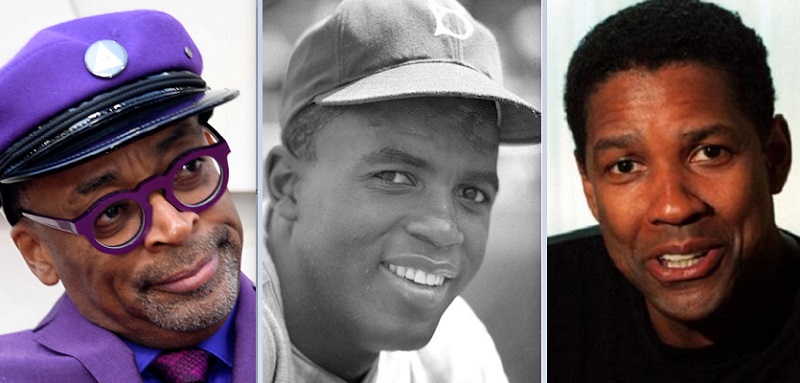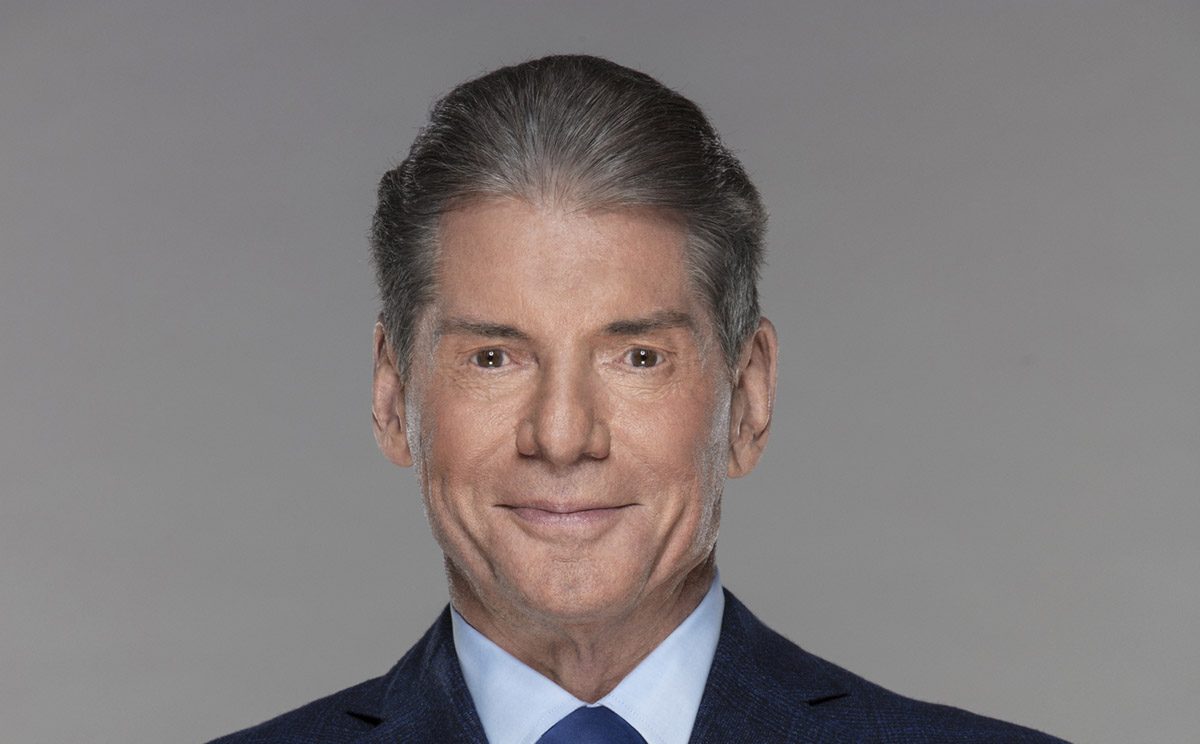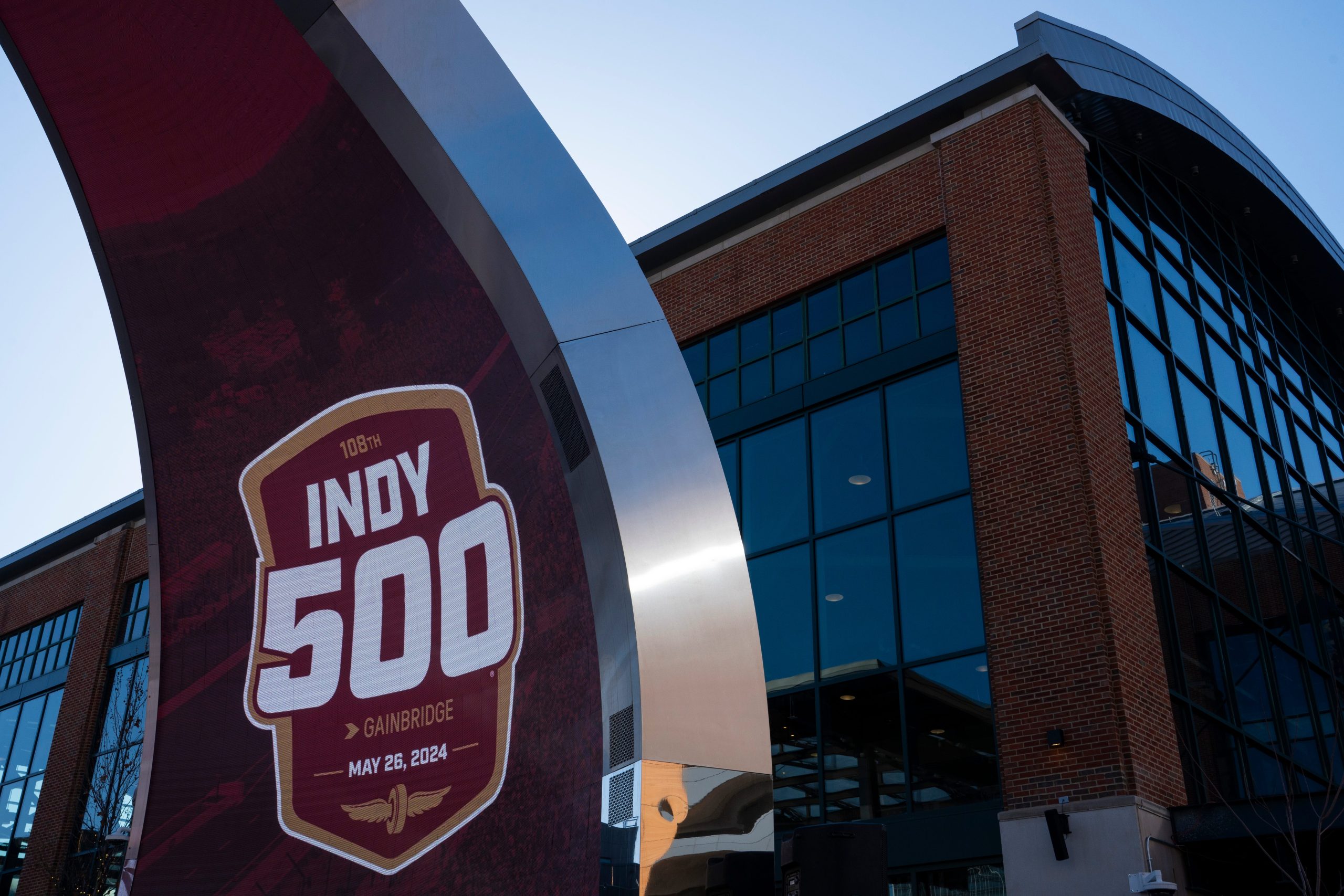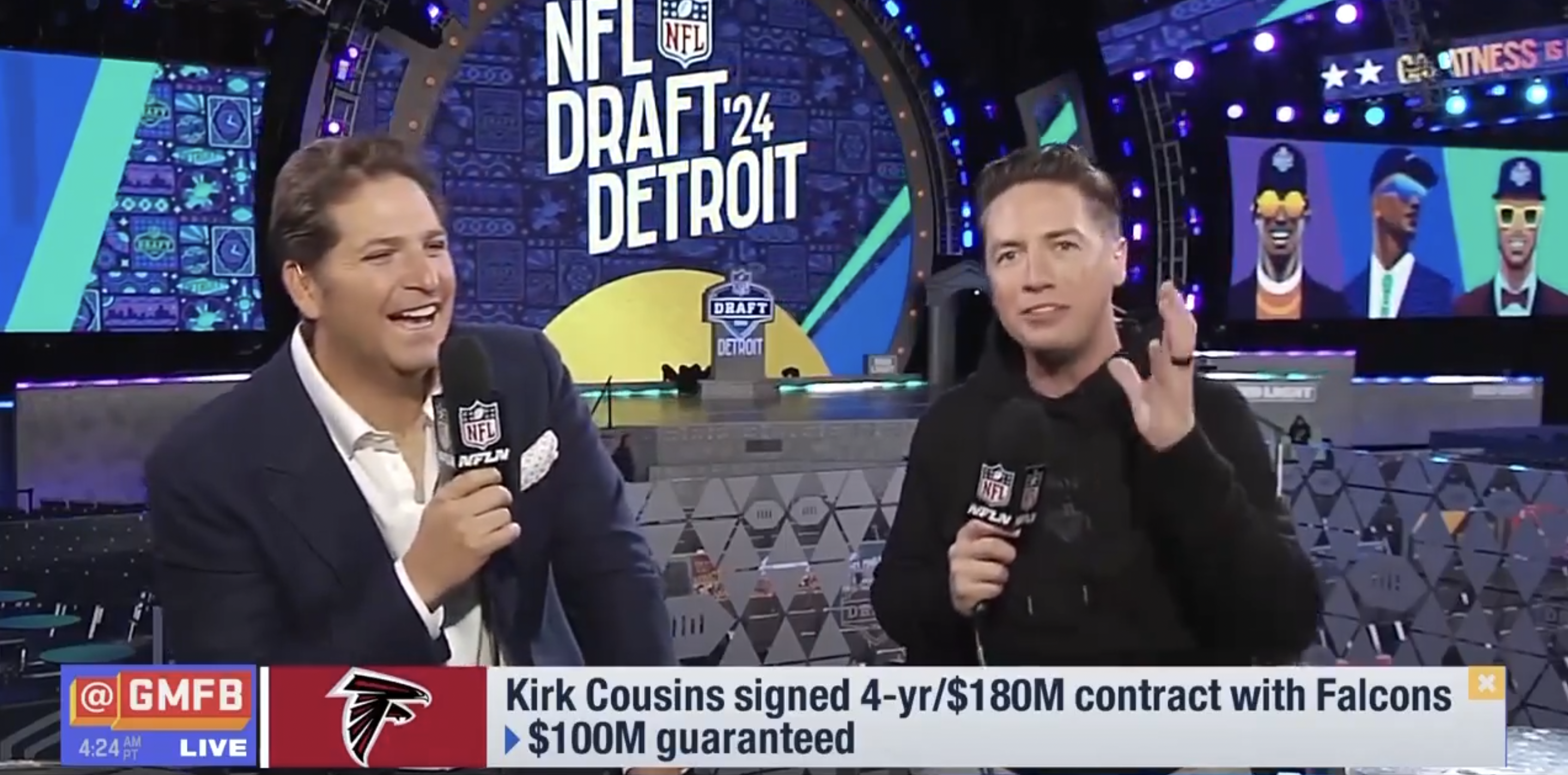On Sunday, director Spike Lee posted the script for his Jackie Robinson biopic online for all to read. The COVID-19 outbreak, the fear it’s caused, and the social isolation prompted by the coronavirus put the filmmaker in a contemplative mood about his life and career. That compelled Lee to allow a look into the movie he never got to make after years of trying.
Calling it a “dream project,” Lee hoped to begin production on the film in 1995. The idea was to have the film ready for the 50th anniversary of Robinson’s debut with the Brooklyn Dodgers, breaking baseball’s color barrier. Lee wanted Denzel Washington to play Robinson, though the actor insisted he was too old for the role. (And in reading the script, Washington was right. Portraying Robinson as a collegian and through his younger days as a ballplayer might have been a tough sell from the then-42-year-old actor.)
“I wrote a script for ‘Jackie Robinson.’ I wanted Denzel to play Jackie, but Denzel said he was too old. And I pulled this script out of the vault and I want to share this script with you,” Lee said in an Instagram video. “Don’t worry if you don’t like baseball or sports. This is a great American story. It never got made, but I want to share this script with you.”
Lee’s passion for a Robinson biopic was apparent for years. His character Mookie in Do the Right Thing wearing a No. 42 Robinson Dodgers jersey is the most obvious example of that. The possibility of Lee directing another epic real-life story, something resembling his 1992 film Malcolm X, was promising.
But would the film have been good? Did Lee’s project falling through deprive us of a memorable sports movie? Would Jackie Robinson have been any better than 42, the Robinson biopic that was made in 2013?
Lee’s version of Robinson’s story certainly would’ve been different. His script aimed for a more ambitious movie, intending to recount virtually all of Robinson’s life, rather than focus on his path from the Kansas City Monarchs to the Montreal Royals and finally to the Brooklyn Dodgers. Of course, Lee covered that too. But his story began further back with Robinson’s time at UCLA, when he was a football star for the Bruins, the early days of his relationship with Rachel Isum, and his military service.
Naturally, there are some similarities between Lee’s Robinson script and Brian Helgeland’s screenplay for 42. Both are based on the same source material, Robinson’s autobiography I Never Had it Made.
So there quite a few scenes people might recognize, such as Robinson refusing to have gas pumped in the Monarchs’ team bus after he and his teammates are denied the opportunity to eat at the station’s diner and use of the bathroom. The infamous confrontation with Philadelphia Phillies manager Ben Chapman is also depicted here. (Although Lee takes that in a much different, more surreal direction.) And the moment when Dodgers shortstop Pee Wee Reese walked over to Robinson and put his arm around his teammate in a demonstration of acceptance that quieted an angry Cincinnati crowd is another key scene.
Yet Lee’s version has much more depth to it. For instance, Satchel Paige is a particularly notable character in the story. The famed pitcher is initially unimpressed with Robinson and jealous that he was the first black player to play in the major leagues. It would’ve been fun to see an actor portray him.
Related: ’42’ review: A storybook tale of Jackie Robinson breaking baseball’s color barrier
However, where 42 ends after the Dodgers win the pennant in 1947 and go to the World Series, Lee’s movie goes much further than that. Robinson’s entire career with the Dodgers is covered, following nearly annual losses to the Yankees and includes the 1951 loss to the Giants (“The Giants win the pennant!”) Perhaps more importantly, the script gets into Robinson’s post-baseball life, chronicling his tenure as an executive for the Chock full o’Nuts coffee company, his interest in politics (which put him at odds with the Black Power movement), and the tragic struggle of his son Jackie Robinson Jr. to live up to his father’s legacy, his entry into the military and subsequent drug use.
Lee’s version of Robinson’s story takes a very sad turn, following his diabetes diagnosis, his estrangement from teammates and friends like Roy Campanella, Jackie Jr.’s death, and ends with Robinson’s own passing from a heart attack. (That sequence is particularly bizarre, flashing back to Robinson stealing home plate in 1947 versus the Pirates, then forward to him running toward his wife in his final moments.)
Though the movie aspired to tell Robinson’s complete story, it would have been a significant downer for audiences showing Robinson’s bitterness and loneliness as he got older. Ultimately, that may be the reason why this project was never made, in addition to being slow and choppy in its storytelling while attempting to cover all of the important points of Robinson’s life. That approach was probably much better suited for a film like Ken Burns’ 2016 documentary.
Could Lee have chiseled down this script into a tighter story and more of a crowd-pleaser? We’ll never know, but in reading this script, it’s also clear that he wanted to make a much different film.








